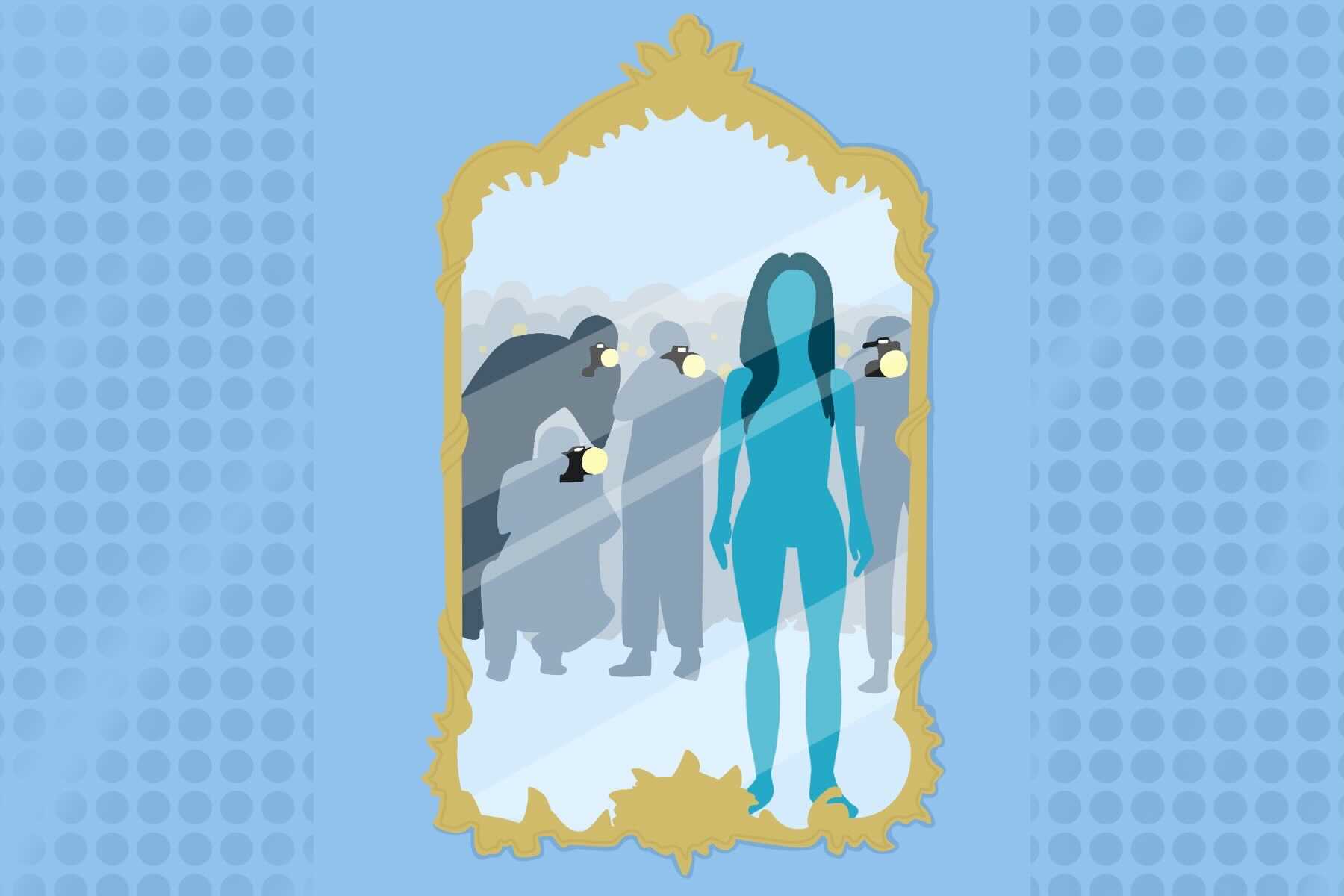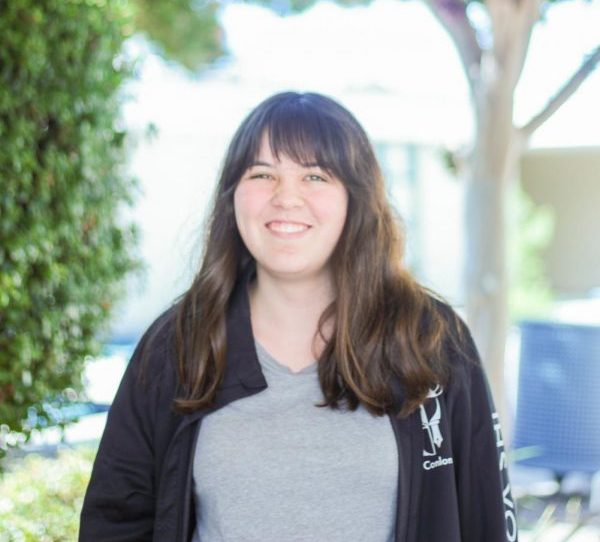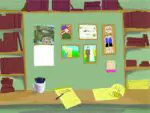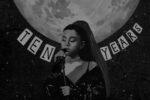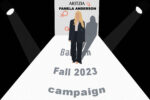Trigger warning: In this review of “My Body,” I describe one instance of sexual assault (groping) and mention other instances of sexual assault (rape). I have worked to keep the descriptions of these incidents as respectful to the author as possible, but please be advised.
Emily Ratajkowski seemingly has it all: beauty, fame and money. However, at the tail end of her twenties and a decade-plus modeling career, she is left wondering: at what price? In her debut memoir, “My Body,” Ratajkowski explores her relationship with her profession, her self-image and even some of the personal and familial traumas she has faced.
“Blurred Lines”
Ratajkowski offers keen insights into the practical and personal challenges posed by modeling, describing harrowing experiences where she has been objectified to serve someone else’s vision. She first rose to fame as one of the models in Robin Thicke and Pharrell Williams’ “Blurred Lines” music video, dancing in translucent clothing in the censored version and completely naked in the uncensored one. The song initially sparked controversy for its dodgy lyrics about “blurring the lines” of consent, and its video sparked outrage for blatantly objectifying women, and by some accounts, even degrading them. Though Ratajkowski herself admits that she defended it as “feminist” at the time of its release, she explains why that has since become more complicated to reconcile in the eight years since its release.
Ratajkowski, now 31 years old, was 21 at the time of filming, while Thicke was 36 years old and Williams was 40. Ratajkowski was still a working model, booking whatever employment would make her a good living. She negotiated a pay raise before appearing in the music video and said that she was enjoying herself for a while. However, near the end of the day, Robin Thicke — who was visibly intoxicated — came up behind her and groped her breasts.
It is a telling account that marries the contradictions of her work. The producer on the video reached out to her personally to recruit her for the job, and she was handpicked from a modeling spread; however, on set, she acknowledges that she was treated more like a “prop” for the “talent” — aka Williams and Thicke. In her account of the event, Ratajkowski is incisive, writing that “it had never occurred to me that the women who gained their power from beauty were indebted to the men whose desire granted them that power in the first place.” Reckoning with her power and its source is a topic that she continues to explore throughout “My Body.”
“Gone Girl”
Ratajkowski is also famous for her role in the film “Gone Girl.” Directed by David Fincher, who is also known for “The Social Network” and “The Girl with the Dragon Tattoo,” “Gone Girl” broke Ratajkowski into the acting world and paired her with a reputable director. However, even this valuable professional opportunity is laced with bitter medicine. Instead of being cast on her skills or attributes, David Fincher stated in an interview that he wanted to cast a girl that “men were obsessed with and women hated.” Ben Affleck, the star of the film, recommended her for the part. Again, Ratajkowski finds that being a “muse” for an artist is underpinned with darker undertones.
“My Body” and “Buying Myself Back”
Perhaps the most egregious mishandling of Ratajkowski’s gifts comes when photographers capitalize on her newfound fame by selling old photos of her without her consent. In a particularly painful essay titled “Buying Myself Back,” Ratajkowski describes the predatory encounters she had with these photographers and her efforts to buy back her images; the essay’s insightful commentary duals as Ratajkowski’s way of reclaiming and rebuilding her self-image.
However, even Ratajkowski’s descriptions have their limitations. She freely explores the complexity of the relationship between money-making and objectification, but she still cannot pin down to what degree she is complicit. It is precisely this ambiguity that makes it harder to plot the way forward. In a particularly galling quote, Ratajkowski stated, “Money means power, I thought. And by capitalizing on my sexuality I have money. The whole damn system is corrupt and anyone who participates in it is as guilty as I am. What am I going to do? Live off the grid? I have to make a living somehow.”
Ratajkowski, admirably, also delves into her personal and family trauma to trace the effect these incidents have on her today. With the skills she learned in therapy, Ratajkowski uses her writing to create vivid images of her relationships with other people for her readers.
Within her family, her mother and father obsess over her physical appearance and take pride in her being their “beautiful” daughter. Her mother arranges modeling photos around the house, and Ratajkowski “sensed at times that [her mother] felt entitled to [her beauty] in some way, like a piece of bequeathed jewelry, one that was once hers, one that she’d lived with her entire life.” She is forced to confront more of her familial trauma further down the line when her mother becomes sick. In a particularly visceral memory, Ratajkowski talks about her mother laying out messages that her father sent to other women and asking, “Did he cross the line?”
Boundaries are something that Ratajkowski is struggling with, in an area of work so focused on her sexuality and desirability. Her self-awareness and courage in addressing her personal trauma lay the path for understanding where some of this stems from. Not only did she battle with living in a household with “no separation, physically or emotionally” from her parents’ relationship, but she is also a sexual assault survivor. In light of these revelations, many of her descriptions of the body dissociation she experienced while modeling seem downright harrowing.
Ratajkowski brings together the threads of her own story in a satisfying and evocative way. For a woman who has so often been reduced to just her physical appearance, she brings a lot of heart, soul and brains to “My Body.”


